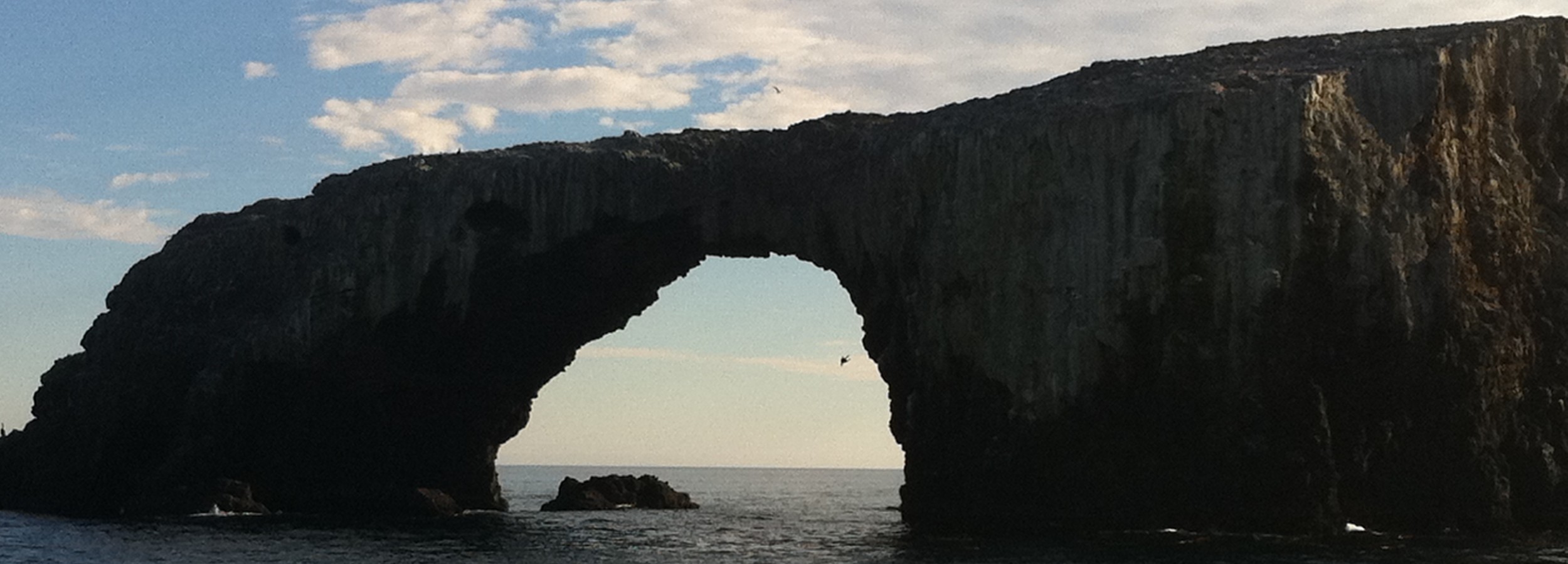How do you find your way when it comes to writing? How do you keep your wild tongue?
UPDATED 9/8/19:
Here’s a link to a pdf of three essays
“Tlilli, Tlapalli: The Path of the Red and Black Ink” and
“How To Tame a Wild Tongue”
by Gloria Anzaldua
as well as a brief biography of the author where she addresses her writing process and how she struggles to maintain her wild tongue and unique voice and language– how she finds her way out of the box plus a third essay.
How does Gloria Anzaldua’s writing process compare to yours? Can you relate to her struggles?
Here are 4 discussion questions for Gloria Anzaldúa, “Tlilli, Tlapalli: The Path of the Red and Black Ink” from Borderlands/La Frontera: The New Mestiza. Choose at lease one quote that supports your analysis.
1. What distinctions does Anzaldúa make between how “Western culture think(s) of art works” and how Mexican tribal cultures think of art works? About the life of the artifact, for instance? Or the idea of “virtuosity”? Or the idea of artistic “power”? Or about ethnocentrism, “borrowing,” and the role of art in everyday culture? What statement does Anzaldúa ultimately make about the future of Western culture? What solutions does she propose for the problems that “unchecked, could blow us into acid rain in a fraction of a millisecond”?
2. Is “The Path of the Red and Black Ink” a work of nonfiction or fiction? What, for instance, does the line “I write the myths in me, the myths I am, the myths I want to become” suggest about the work itself? Are there passages in which the genre of “The Path of the Red and Black Ink” seems to change, or in which the author’s relationship to something the reader might call “fact” or “reason” dramatically changes? Using the standards for creativity that Anzaldúa offers, what transformation of consciousness (if any) has occurred in those passages?




You must be logged in to post a comment.